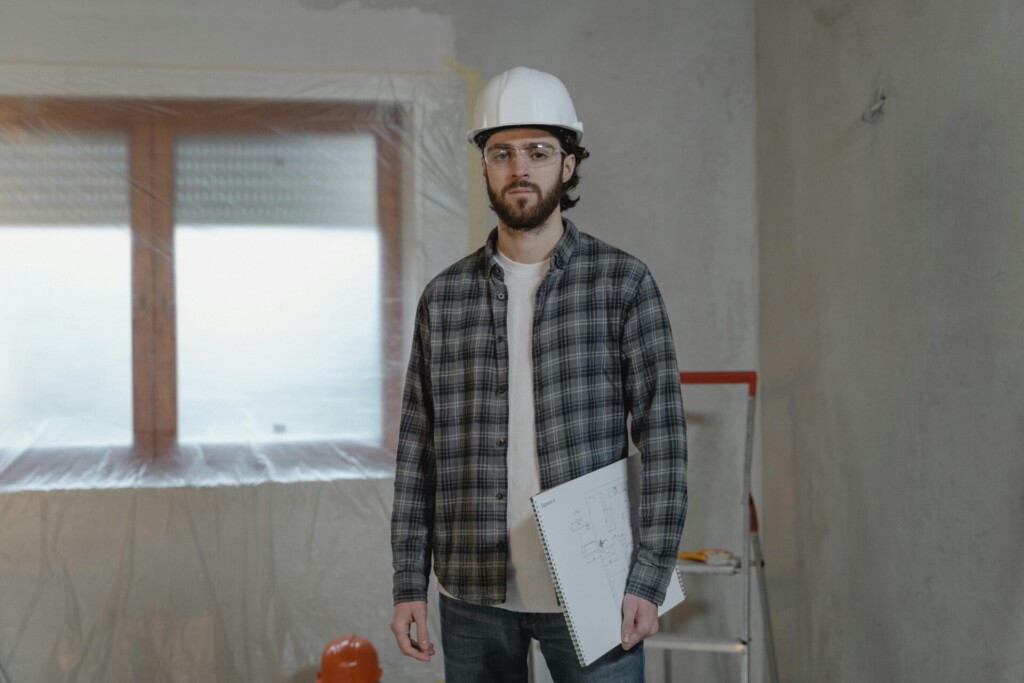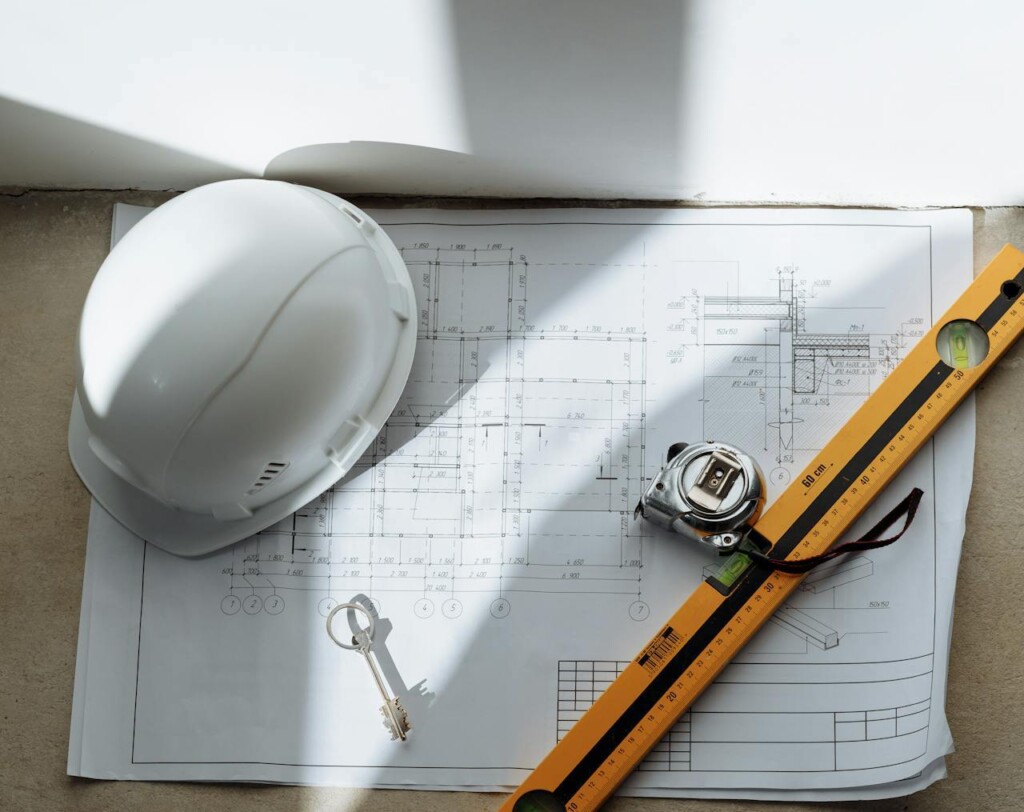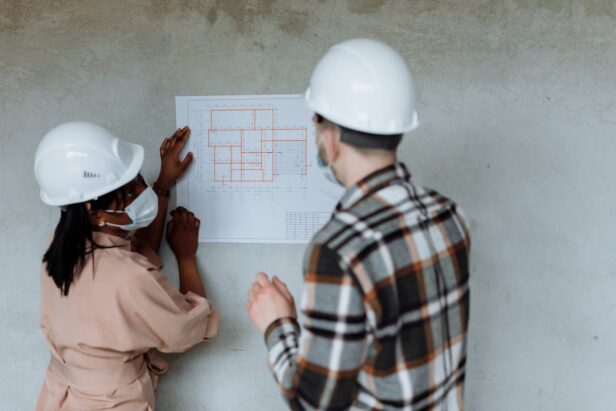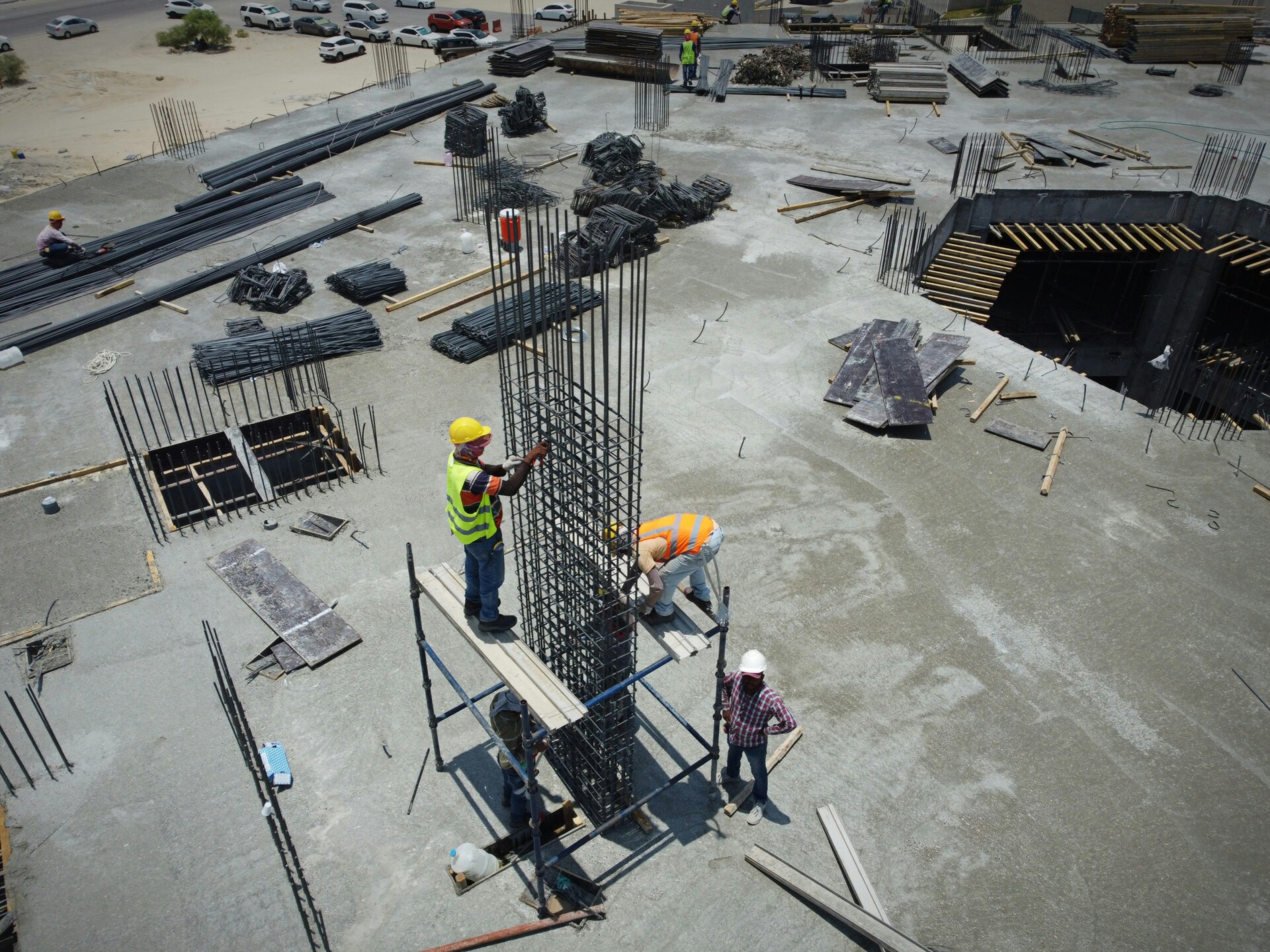Commercial spaces rarely match business needs right out of the box. In San Antonio’s competitive market, companies need spaces that work for their operations while reflecting their brand identity.
Tenant improvement project management services in San Antonio coordinate every aspect of transforming commercial spaces from initial concept through final occupancy. We guide office renovations, commercial remodeling, and custom build-outs while managing the complex interplay between design vision, construction execution, and regulatory compliance that defines successful tenant improvement projects in the San Antonio market.
Which Core Services Are Included For Commercial Tenants And Owners?

We deliver tenant improvement projects through five integrated service areas designed to transform commercial spaces efficiently. Each service connects to the others, creating a comprehensive approach that addresses both immediate needs and long-term operational success.
Office Renovations From Initial Planning To Final Execution
Our office renovation process begins with space analysis and tenant requirements assessment. We evaluate existing electrical systems, plumbing infrastructure, and structural elements to determine modification needs. Construction teams coordinate with facility managers to minimize business interruption during renovation phases.
The renovation scope includes workspace layout optimization, lighting system upgrades, and flooring installation. We handle permit applications and regulatory compliance throughout the construction process. Final execution involves quality inspections and occupancy readiness verification to ensure seamless tenant move-in.
Space Planning And Interior Design For Maximum Function
Space planning starts with traffic flow analysis and operational efficiency mapping. We collaborate with interior designers to create layouts that support productivity while maintaining aesthetic appeal. Design elements integrate with existing building systems and comply with accessibility requirements.
Interior design services encompass material selection, color coordination, and brand alignment strategies. We coordinate with architects on ceiling modifications, partition installations, and custom millwork integration. The planning process includes furniture coordination and technology infrastructure placement to optimize spatial efficiency.
Commercial Remodeling With System Upgrades
Commercial remodeling projects often require electrical upgrades to support modern technology demands. We coordinate licensed electricians for power distribution modifications, outlet installations, and lighting control systems. Plumbing modifications include restroom upgrades, break room installations, and accessibility improvements.
Structural changes may involve wall removal, ceiling modifications, or load-bearing adjustments. Our teams work with structural engineers to ensure building integrity during renovation work. HVAC system coordination maintains climate control while accommodating new space configurations.
Custom Build-Outs Tailored To Tenant Requirements
Custom build-outs address specific operational needs across different industries and business types. We design retail spaces with customer flow optimization, office environments with collaborative work zones, and medical facilities with specialized infrastructure requirements. Each build-out incorporates tenant branding elements and functional specifications.
Construction management during build-outs includes subcontractor coordination, material procurement, and quality control processes. We handle permitting requirements and code compliance verification. Project delivery includes final inspections and tenant walk-throughs to ensure all specifications are met.
Construction Management Throughout Every Project Phase
Construction management provides single-point accountability for project coordination and stakeholder communication. We maintain detailed project schedules, budget tracking, and progress reporting systems. Daily oversight ensures work quality and safety compliance on active job sites.
Our management approach includes regular coordination meetings with owners, tenants, architects, and subcontractors. We handle change order management, permit coordination, and final closeout documentation. This comprehensive oversight supports on-time delivery and cost control while meeting local regulatory requirements.
How Do Project Managers Minimize Disruption And Keep Timelines On Track?
Effective project managers employ strategic scheduling and continuous oversight to maintain progress while reducing tenant disruption. We implement structured scheduling practices that account for the unique challenges of occupied commercial spaces. These methods ensure construction activities proceed smoothly without compromising business operations or project quality.
Detailed Schedule Development And Coordination
We create comprehensive project schedules that map every construction activity against tenant operations and building usage patterns. Critical path analysis identifies tasks that directly impact project completion, allowing us to prioritize work sequences that minimize tenant exposure to noise, dust, or access restrictions. Resource allocation ensures the right trades arrive at optimal times with necessary materials and equipment.
Activity coordination prevents workflow conflicts between different contractors and subcontractors working simultaneously. We sequence electrical, plumbing, and HVAC installations to avoid rework while maintaining logical construction progression. This systematic approach reduces idle time and keeps projects moving toward completion dates.
Strategic After-Hours And Weekend Scheduling
Flexible scheduling accommodates tenant business hours through strategic timing of disruptive activities. We schedule high-noise work like demolition, concrete cutting, or heavy equipment operation during evenings and weekends when building occupancy is minimal. This approach protects tenant productivity while maintaining construction momentum.
Extended work periods during off-peak hours often accelerate project timelines by allowing uninterrupted focus on complex tasks. Teams can complete larger work segments without constant coordination around tenant movements or meetings. Weekend scheduling also enables completion of activities that require building system shutdowns, such as electrical panel upgrades or HVAC tie-ins.
Continuous Job-Site Supervision And Progress Tracking
Daily job-site supervision ensures work proceeds according to approved plans and schedules. Our supervisors monitor trade coordination, material deliveries, and quality standards while addressing issues before they impact timelines. Regular progress updates document completed work, identify potential delays, and adjust schedules proactively.
Real-time progress tracking enables immediate responses to unexpected conditions or scope changes. We document daily activities, labor productivity, and material usage to maintain accurate project forecasts. This visibility supports informed decision-making and prevents small issues from becoming major delays.
Single Point Of Contact For Streamlined Communication
We establish one primary contact who manages all project communication between owners, tenants, contractors, and subcontractors. This centralized approach eliminates confusion, reduces response times, and ensures consistent information flow throughout the project team. Owners receive regular status updates without managing multiple contractor relationships.
Our single point of contact tracks progress against milestones, communicates schedule adjustments, and coordinates tenant needs with construction activities. This system supports both onsite coordination and remote project monitoring, keeping all stakeholders informed of project status and any required adjustments to maintain timeline adherence.
What Is The Difference Between A General Contractor And A Project Manager On TI Work?

Understanding the distinction between these two roles helps property owners and tenants make informed decisions about how to structure their tenant improvement projects. Each professional brings specific expertise and responsibilities that directly impact project outcomes.
General Contractor Role In Tenant Improvements
A general contractor takes direct responsibility for executing the physical construction work. We coordinate subcontractors, manage materials procurement, and ensure the actual building processes meet contract specifications. The general contractor assumes financial risk for construction performance and typically works under a fixed-price or cost-plus contract structure.
General contractors focus on the hands-on aspects of tenant improvement construction. They hire specialized trades like electricians and plumbers, oversee daily site operations, and maintain direct accountability for work quality. When issues arise during construction, the general contractor must resolve them while staying within budget and schedule parameters.
Project Manager Role In Tenant Improvements
A project manager represents the owner’s interests throughout the tenant improvement process. This professional provides oversight and coordination without taking on the financial risks of actual construction execution. Project managers track progress against specifications, manage communication between stakeholders, and ensure the work aligns with the owner’s objectives.
The project manager role centers on coordination rather than construction. We maintain detailed project schedules, conduct regular progress reviews, and serve as the primary communication link between owners, tenants, and construction teams. Project managers focus on scope management and quality oversight to protect the owner’s investment.
Key Operational Differences
The fundamental difference lies in responsibility and risk allocation. General contractors assume contractual responsibility for construction performance, including cost overruns, schedule delays, and quality issues. Project managers provide advisory services and oversight but do not typically guarantee construction outcomes.
Communication structures also differ between these approaches. With a general contractor, the owner has one primary point of contact for construction-related decisions. In a project manager structure, we coordinate multiple trade contractors while maintaining direct owner communication throughout the process.
Financial arrangements reflect these different responsibilities. General contractors often work under guaranteed maximum price contracts, absorbing cost risks in exchange for profit margins. Project managers typically charge fixed fees or hourly rates for coordination services without assuming construction cost risks.
How Are Quality, Safety, And Compliance Handled On San Antonio Projects?
We prioritize quality through detailed planning that establishes clear standards before work begins. Our teams review specifications thoroughly, coordinate material deliveries, and establish inspection milestones that verify workmanship at critical phases. This systematic approach prevents issues from compounding and ensures each aspect of construction meets established benchmarks.
Premium materials form the foundation of durable construction. We select finishes, structural components, and mechanical systems based on performance characteristics and visual appeal that align with the tenant’s brand requirements. These material choices directly impact long-term durability and reduce maintenance concerns for property owners.
Construction Quality Assurance Through Regular Inspections
Regular inspections create accountability throughout the construction process. San Antonio’s Development Services Department conducts inspections at foundations, framing, electrical, mechanical, and plumbing phases to verify code compliance. We coordinate these municipal inspections while conducting our own internal quality reviews.
Our construction oversight includes daily progress assessments that examine workmanship quality and adherence to project specifications. These inspections catch potential issues when corrections are most cost-effective and minimize disruption to tenant operations.
Safety Standards For Crews And Building Occupants
Safety practices follow established OSHA guidelines and local regulatory standards. We implement comprehensive safety protocols that protect construction crews through proper equipment use, hazard identification, and site security measures. Job site conditions are monitored continuously to maintain safe working environments.
Building occupant safety receives equal attention through fire safety compliance, emergency egress planning, and air quality management during construction activities. We coordinate with existing tenants when working in occupied buildings to minimize exposure to construction hazards.
Local Compliance And Regulatory Coordination
Construction management ensures all work meets San Antonio’s local requirements and building codes. We maintain current knowledge of municipal regulations, permit requirements, and inspection procedures that apply to tenant improvement projects. This regulatory compliance protects property owners from code violations and supports timely project completion.
Our teams coordinate with local building officials, fire marshals, and utility providers to secure required approvals. This proactive approach to regulatory standards prevents delays and ensures work proceeds according to established schedules while meeting all applicable codes and ordinances.
Conclusion And Next Steps

Tenant improvement project management services in San Antonio transform commercial spaces through structured coordination and proven construction oversight. We combine detailed planning, design coordination, construction management, and project closeout to deliver functional spaces that align with business operations and brand requirements. Each project benefits from systematic quality assurance, stakeholder coordination, and adherence to local regulations throughout the construction process.
Moving forward with your tenant improvement project requires clear action steps. Define your program needs by assessing operational requirements, space utilization goals, and brand alignment objectives. Plan your space and layout through collaboration with design professionals who understand traffic flow and spatial efficiency. Set your budget and project schedule with realistic timelines that account for permitting, material procurement, and construction phases. Use professional construction management to coordinate trades, track progress, and maintain regular communication with all stakeholders. Ensure compliance with local regulations through proper permitting and code adherence, and schedule regular inspections for quality assurance and safety verification.
Ready to start your tenant improvement project with professional construction management? Contact EB3 Construction to discuss your specific requirements and project timeline.




